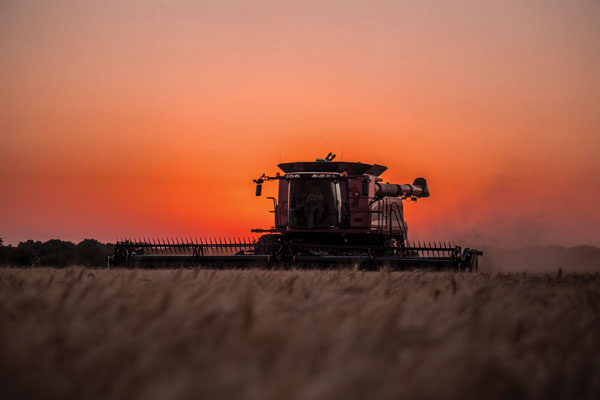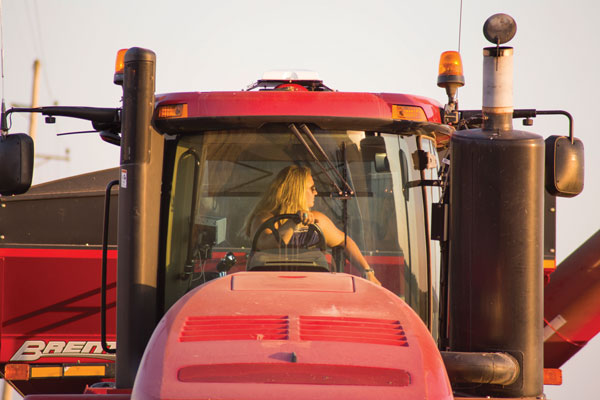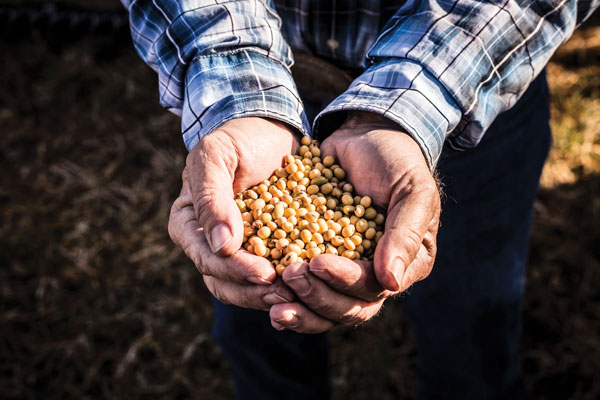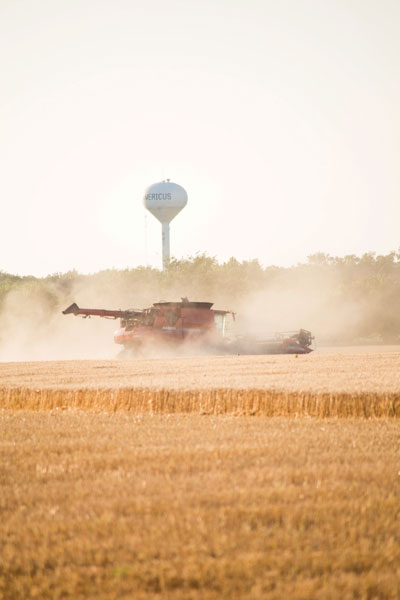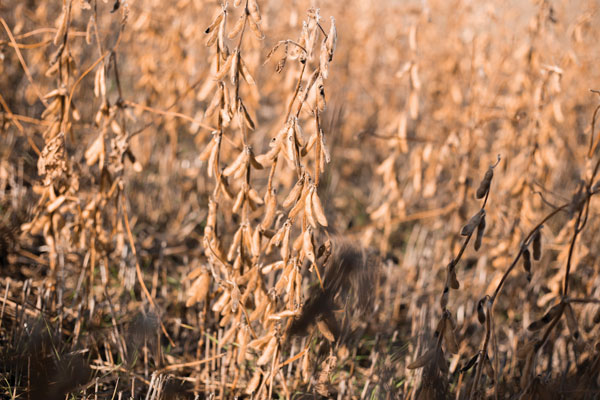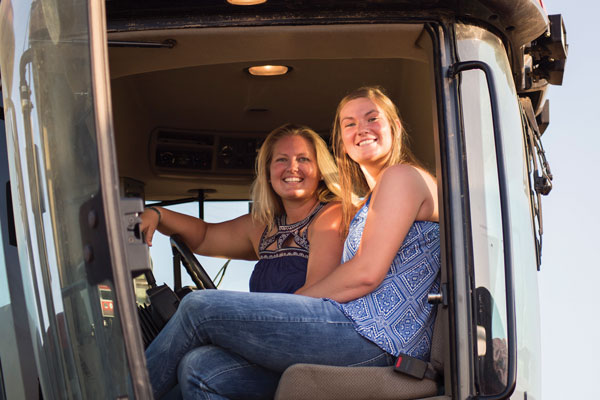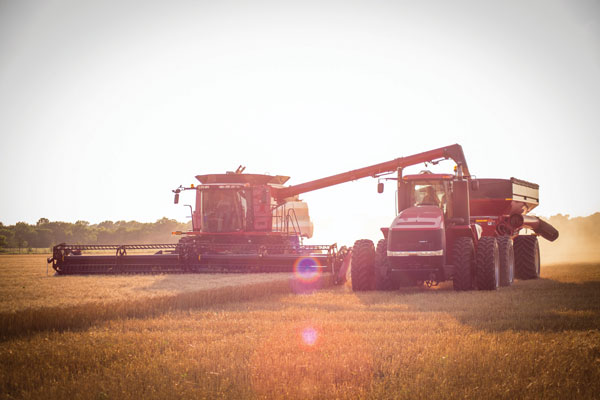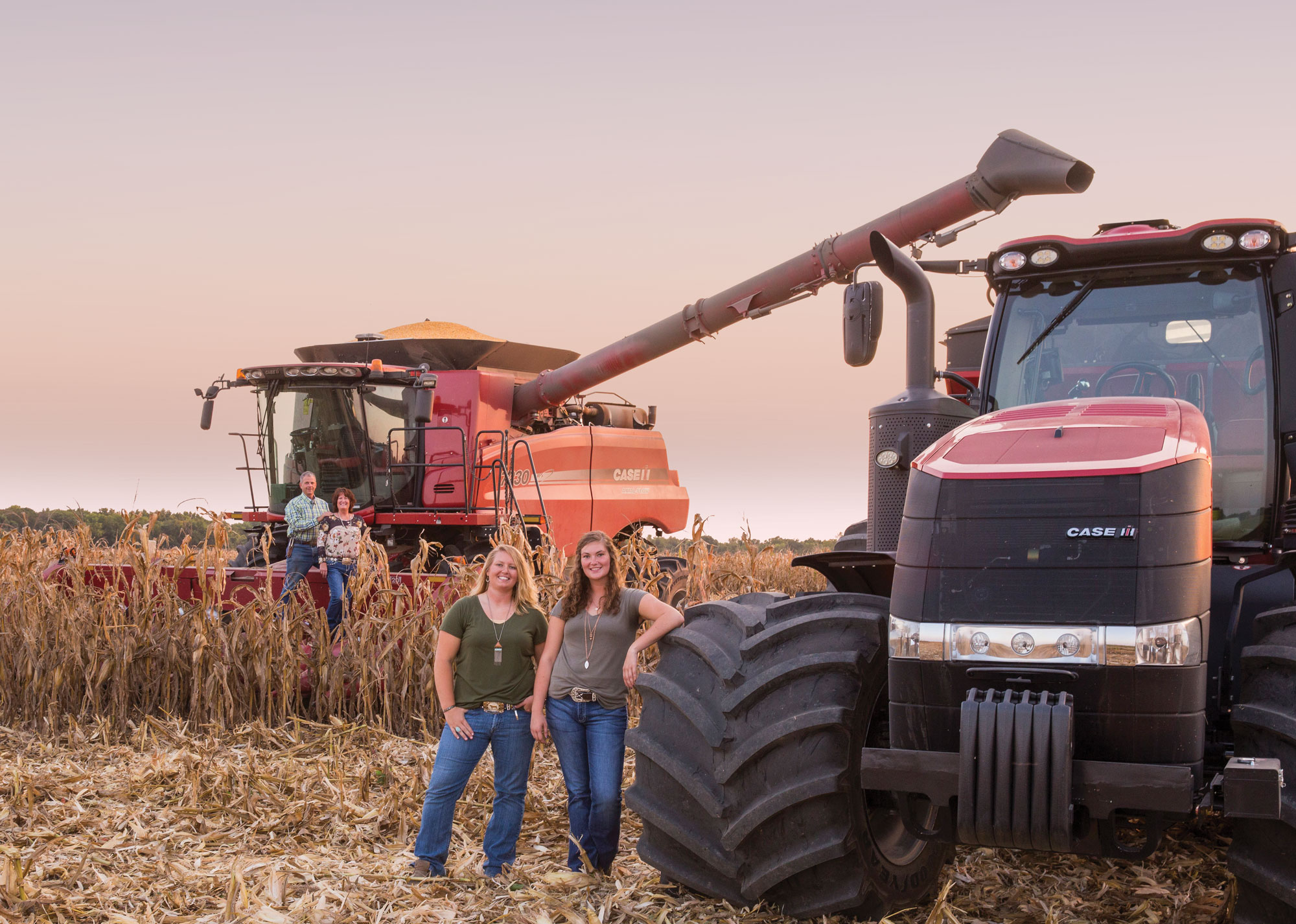
Making the Most of Their Acres
November 15, 2018
Written By Adam Buckallew
Leffler Farms Inc. Focuses on Efficiency
On the fringes of the Flint Hills of Kansas, Bill and Jacquelyne Leffler are five years into an unexpected partnership. The father and daughter duo raise corn, soybean, wheat and cattle near Americus, Kan., but Jacquelyne’s return to the farm was more happenstance than a carefully constructed plan.
Although she grew up working side-by-side with her father and grandfather on the farm, Jacquelyne had not intended to join the family business. Perhaps serendipitously, she got a job working as a track and field coach at nearby Emporia State University and soon an opportunity presented itself.
“My grandpa was getting ready to phase out of the operation, and I knew that would be my chance to become the fourth generation of the family to work on the farm,” Jacquelyne says. “There’s been a lot of blood, sweat and tears that have gone into this farm since 1941. A lot of pride. That’s a legacy I wanted to continue.”
In the time since her homecoming in 2013, Jacquelyne has proven to be a capable partner while carving out her own unique role by managing the farm’s technology and data. She develops variable-rate seeding prescriptions that are customized to fit their fields and monitors crop production and progress via satellite imagery. The aerial reconnaissance aids the Lefflers in strategically applying fertilizer to their corn and fungicide to their wheat.
“Rising input prices have made it increasing important that we maximize our resources, and technology has definitely helped us make more informed decisions,” Bill says. “If you aren’t taking advantage of all of the efficiencies that you can afford to, you are going to get left behind.”
No Time to Coast
Bill and Jacquelyne are currently focused on boosting productivity across all of their acres and in the cattle they feed.
“If we expect to keep the farm going, we can’t just sit and coast,” Bill says. “We’ve got to keep moving forward. Our philosophy is that it’s not about having the most acres, it’s about having the most efficient acres. Rather than expanding, we are concentrating on taking better care of what we have.”
One area where the Lefflers have made drastic changes to their farming approach is how they handle their winter wheat. What they once viewed as almost an after-thought has now become a core component of their crop rotation.
“For a long time, we weren’t actively managing our wheat like a real crop, but we realized we couldn’t afford to do it that way any longer,” Bill says. “We’ve adopted a more intensive approach, and we’re more willing to spend on fertilization and pest management practices to increase our production.”
The shift in mindset toward their wheat, which they double-crop with soybeans, has paid dividends. The Lefflers’ yields have gone from an average of 30 bushels an acre to 90 bushels per acre on their best ground.
The golden grain offers additional benefits that has helped it earn its place in the Lefflers’ three-way crop rotation. The diversification from corn and soybeans breaks up weed and pest cycles while improving soil quality thanks to wheat’s ability to improve the tilth and water infiltration of the dirt.
Bill and Jacquelyne are contemplating adding a fourth crop to the mix, but they are still researching what would fit best.
“We’re looking at rye and other crops that could be beneficial to our cattle for grazing,” Jacquelyne says.
Maximizing Resources
Leffler Farms Inc. sits due west of Americus near the Neosho River. Much of the farm’s row crops are planted on river bottom ground while the cattle are reared on pastures filled with native grasses.
“We’ve got the best of both worlds,” Jacquelyne says. “Our fertile river bottoms are well-suited for growing dryland crops, and the prairie grasslands allow us to put cost-effective gains on our cattle.”
Native tallgrasses like Little Bluestem and Big Bluestem serve as a crucial piece of the profitability puzzle for the Lefflers.
“Our cattle perform well on native grasses, and it’s an economical way for us to maximize our resources,” Bill says.


